The American Midwest offers a unique road trip experience with its blend of sprawling farmlands, vibrant cities, and quirky roadside attractions. From the shores of the Great Lakes to the rolling plains of Kansas, this heartland region presents both opportunities and challenges for the intrepid road tripper.
Whether you’re planning to explore all 12 Midwest states or just taking a weekend jaunt through a few, these tried-and-true hacks will help you navigate the region’s distinct seasons, vast distances, and local peculiarities. Get ready to hit the road with these insider tips that’ll make your Midwest adventure more enjoyable and memorable.
Master the Weather Window
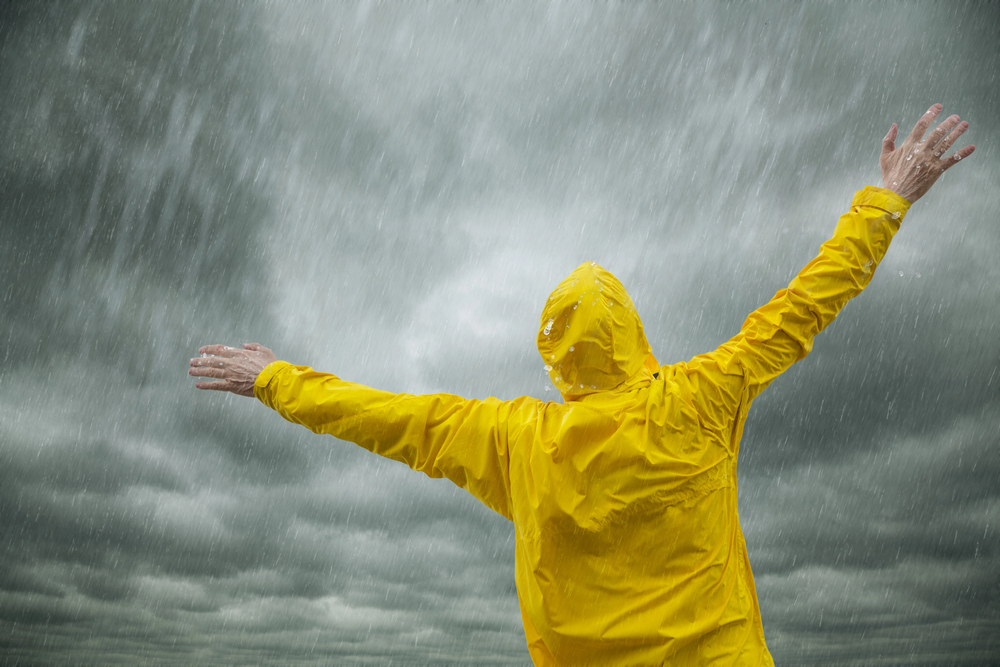
The Midwest’s weather can be unpredictable, but you can optimize your travel time by planning around the region’s patterns. Download multiple weather apps that specialize in severe weather tracking, which is particularly important during tornado season from March to July.
The sweet spot for road-tripping typically falls between mid-September and early October, when you’ll catch perfect temperatures and fall colors. Always pack both warm and cool weather gear, as temperature swings of 30 degrees in a single day aren’t uncommon in states like Missouri and Iowa.
Navigate the Farm Schedule
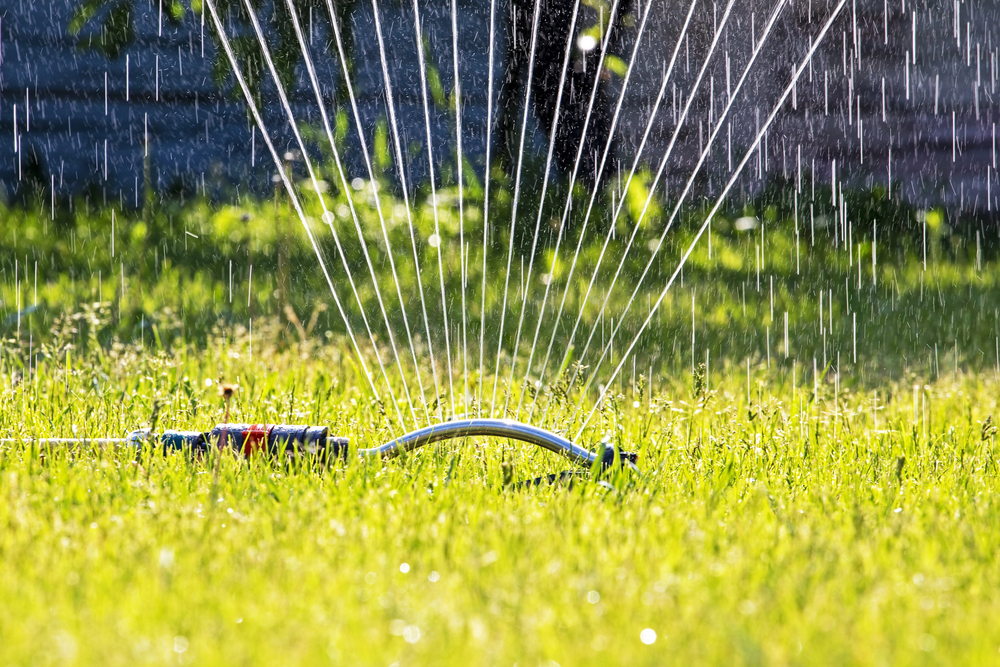
Understanding harvest season timing can save you hours of travel time on rural roads. From late September through November, expect to share the road with slow-moving farm equipment, particularly around dawn and dusk.
Plan your rural driving for mid-day when possible, and use apps like ‘Farm Progress’ to track harvest activities in your intended route areas. Consider this potential delay when planning daily mileage, especially in agricultural heartlands like Illinois and Nebraska.
Exploit Regional Gas Patterns

Gas prices in the Midwest follow predictable patterns that savvy road trippers can use to their advantage. Prices typically spike on Thursdays and remain high through the weekend, while Tuesday mornings often offer the best deals.
Download the GasBuddy app and fill it out in Missouri whenever possible, as it consistently maintains some of the region’s lowest gas prices. Always top off your tank before entering Chicago or any major city, where prices can jump by 50 cents or more per gallon.
Master the Small Town Schedule

Many Midwest small towns operate on unique schedules that can catch tourists off guard. Most family-owned restaurants close between lunch and dinner (typically 2-5 PM), and many local businesses close completely on Sundays.
Plan your meal stops around these times, and always have snacks handy for those unexpected schedule conflicts. The exception to this rule is often found in college towns, where businesses tend to keep longer hours.
Embrace the Quirky Attractions
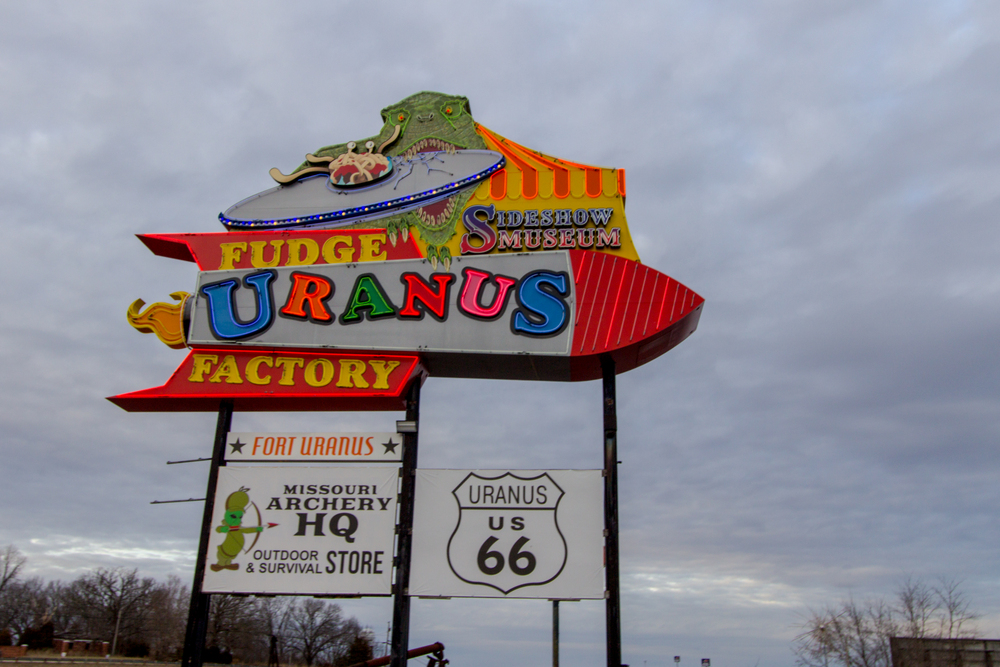
The Midwest specializes in unusual roadside attractions that can transform a simple drive into an adventure. Keep a running list of oddities like the World’s Largest Ball of Twine in Kansas or the Corn Palace in Mitchell, South Dakota.
These stops not only break up long drives but often offer free parking and clean restrooms. Local visitor centers frequently provide coupons for these attractions, so make a habit of stopping at welcome centers when crossing state lines.
Optimize Your Route for Construction
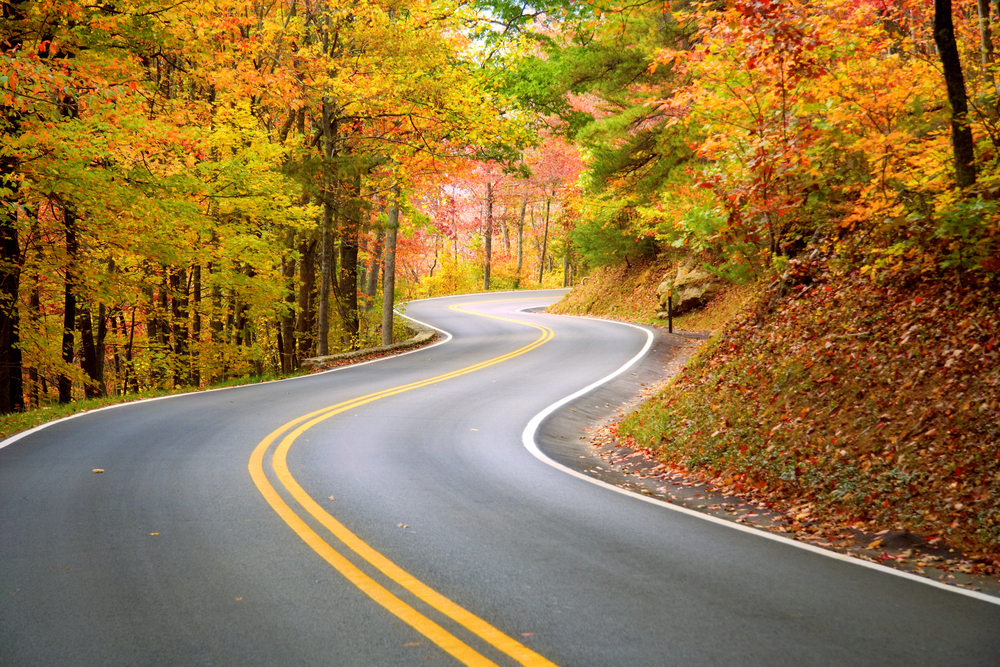
Midwest road construction follows a predictable seasonal pattern that smart travelers can work around. Major highway work typically runs from April through October, with July and August being the peak months.
Use the 511 apps for each state you’re traveling through, as they provide real-time construction updates. Plan alternative routes using parallel state highways, which often provide more scenic views and fewer delays than under-construction interstates.
Navigate Lake Effect Weather
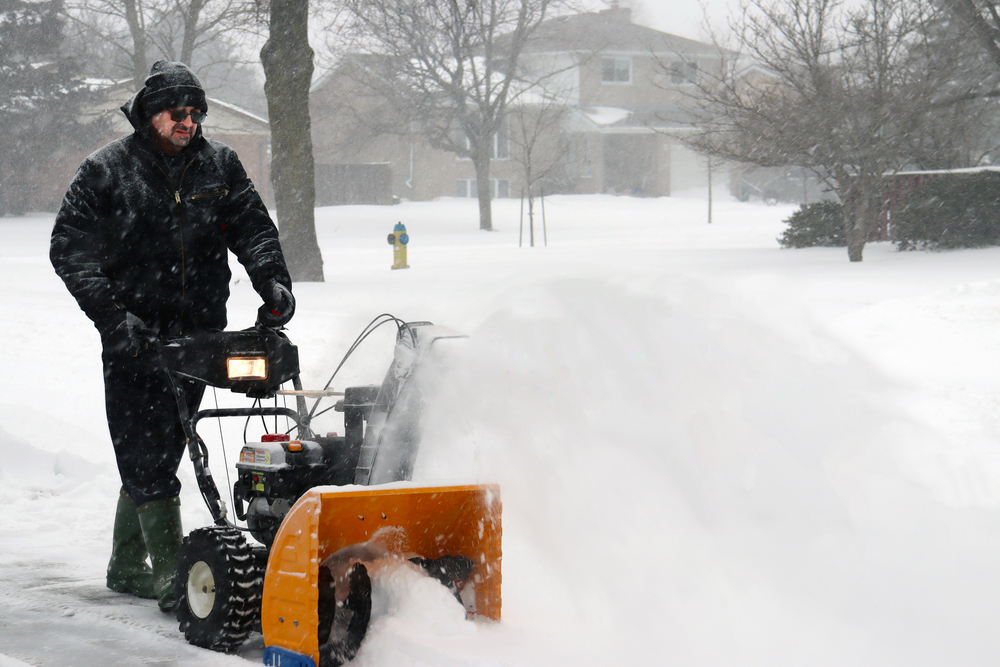
If your route takes you near the Great Lakes, particularly during winter months, understand how lake-effect weather can impact your journey. Plan extra travel time when driving through Michigan, northern Indiana, or Wisconsin during the snow season.
Download the Great Lakes Weather app for specific lake effect predictions, and consider routing around the southern edges of these areas during winter months. Keep emergency supplies, including a blanket and snacks, in case of weather-related delays.
Load Up on Regional Apps

Each Midwest state has its useful travel apps that provide local insights regular map apps might miss. Download state tourism apps for insider tips on local events and attractions.
The Iowa 511 app is particularly useful for winter travel conditions, while Michigan’s state park app helps locate less crowded beaches and camping spots. Remember to download offline maps for rural areas where cell service can be spotty.
Time Your City Visits
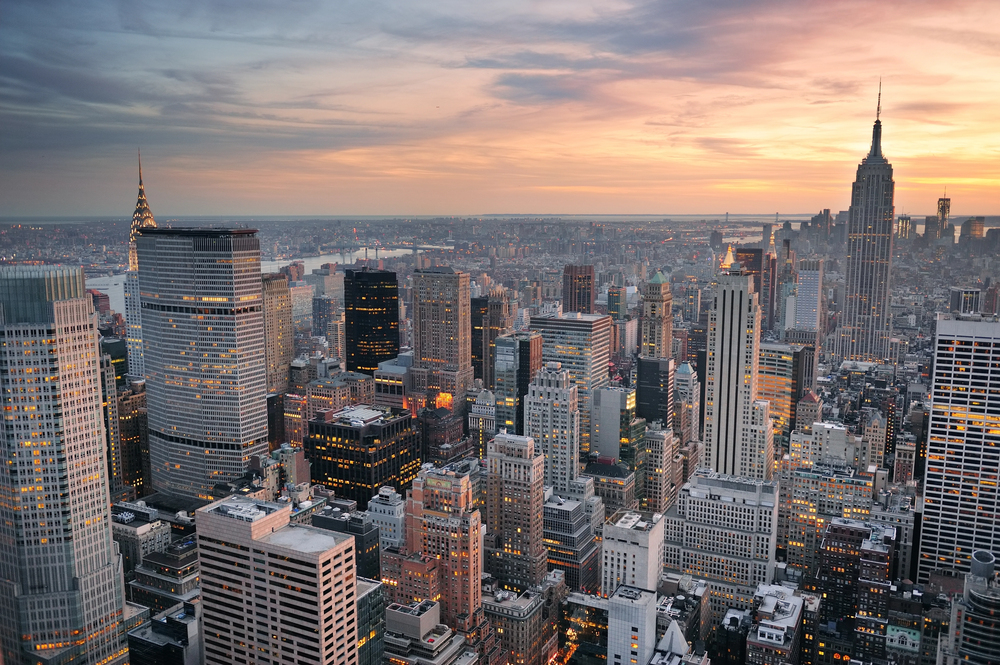
Major Midwest cities like Chicago, Minneapolis, and Detroit require strategic timing to avoid the worst traffic. Plan your city arrivals for late morning (between 10 AM and 2 PM) when possible, and avoid Friday afternoons at all costs.
Use city-specific apps like Chicago’s Transit app for real-time traffic updates and parking availability. Consider using park-and-ride facilities on the outskirts of major cities to avoid downtown parking hassles.
Leverage Local Events
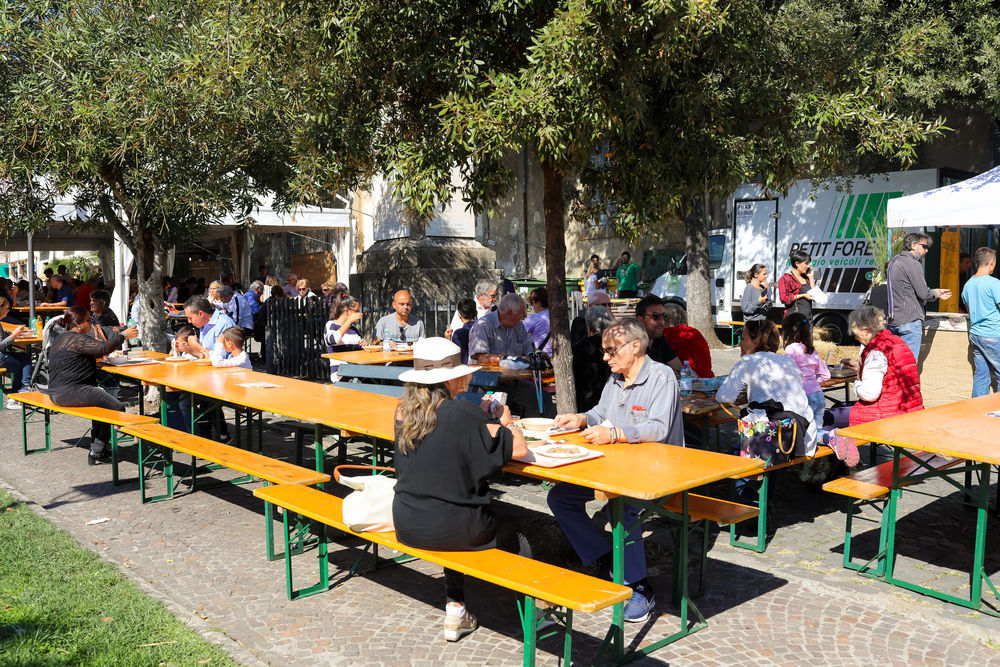
Throughout the summer and fall, nearly every Midwest town hosts festivals celebrating everything from sweet corn to Swedish heritage. Research these events along your route and either plan to attend or avoid them depending on your interests.
County fairs often offer free parking and affordable local food options, making them perfect lunch stops. State fair seasons (typically August through September) can drastically impact hotel availability, so book accordingly.
Master the Rest Stop Strategy
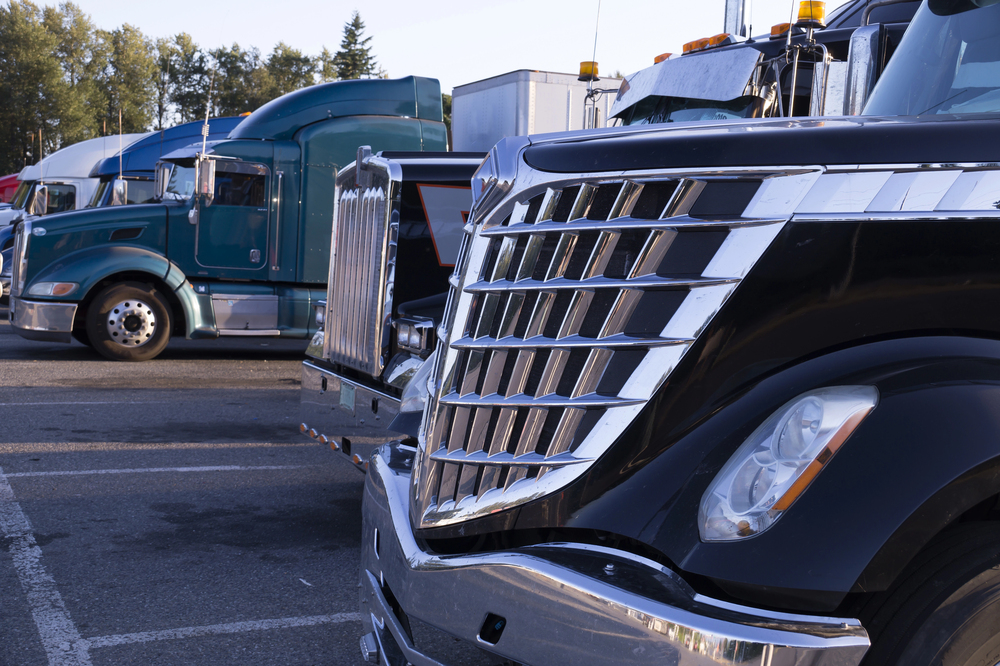
Midwest rest stops vary significantly in quality and spacing, but smart travelers can plan around this. Download the USA Rest Stop app to locate facilities with the best reviews and amenities.
State-operated rest stops typically offer cleaner facilities than private truck stops, though they’re spaced further apart. Wisconsin and Minnesota are known for their superior rest stops, while Illinois tends to have longer distances between facilities.
Work the Weather Radar
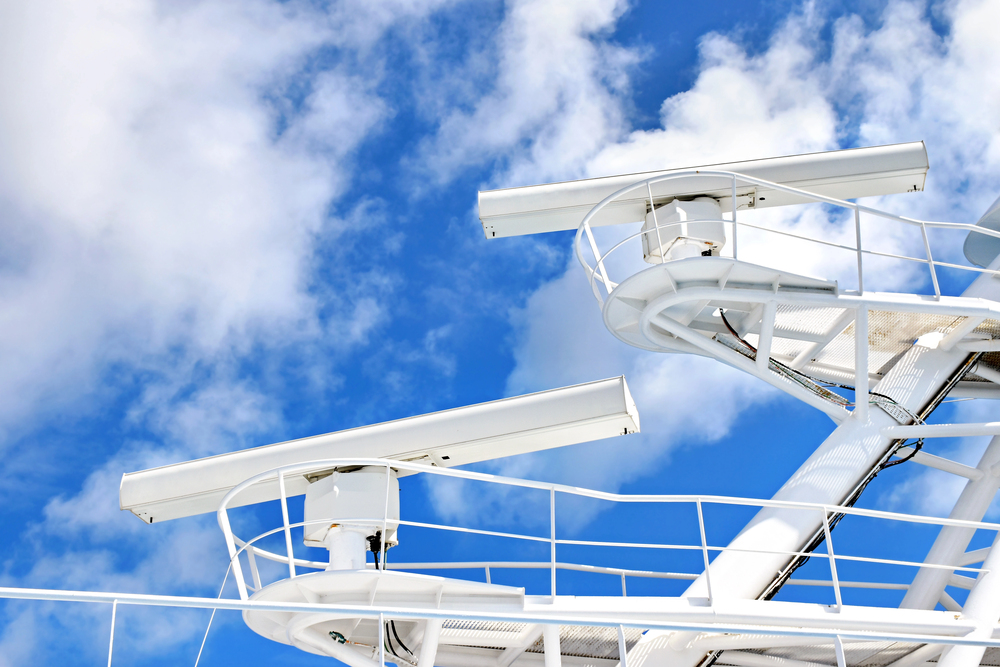
The Midwest’s flat terrain means you can often see storms approaching from miles away, but proper radar use can help you avoid them entirely. Use the NOAA Weather Radar app to track storm movements and plan strategic stops when needed.
The region’s storms typically move from southwest to northeast, so planning routes that travel perpendicular to storm paths can help minimize weather impacts. Keep in mind that cell coverage can be spotty in rural areas, so download radar maps when you have good service.
Maximize Hotel Savings
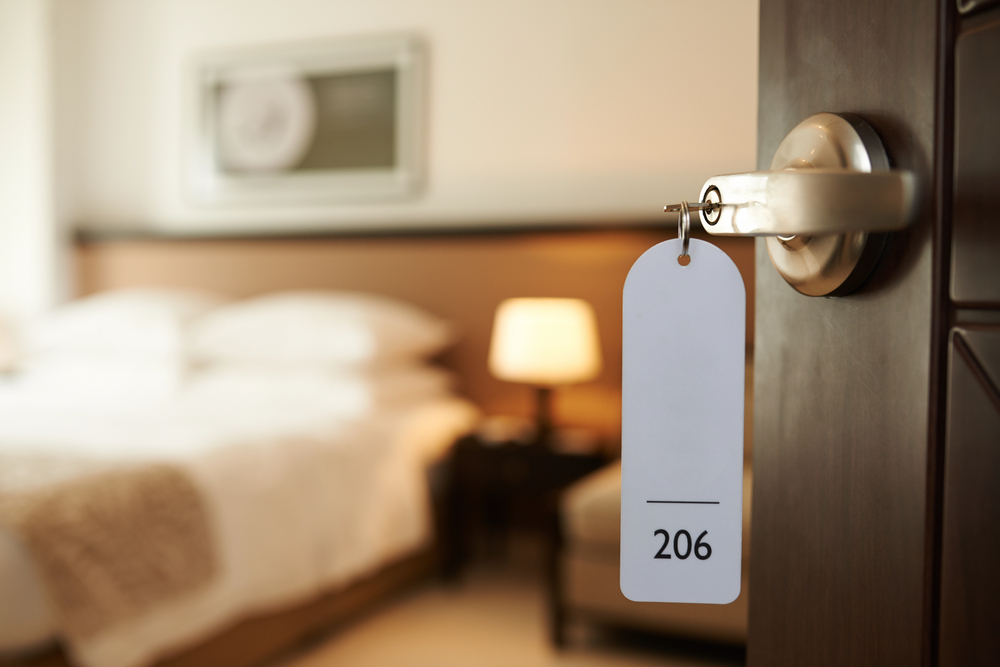
Hotel prices in the Midwest fluctuate based on both local events and seasonal patterns. Book rooms on the outskirts of major cities to save significantly on rates, particularly in college towns during football season.
Use apps like HotelTonight after 3 PM for last-minute deals in smaller cities. Many Midwest hotels offer significant discounts for AAA members and Farm Bureau members, so keep these cards handy.
Navigate Rural Cell Zones

Cell phone coverage can be surprisingly spotty across the Midwest’s rural areas. Download offline maps for your entire route, and consider using apps like OpenSignal to identify dead zones in advance.
Keep a paper map as a backup, particularly for areas of Nebraska, Kansas, and the Dakotas, where coverage can be limited. Consider investing in a cell phone signal booster if you’re planning extensive rural travel.
Exploit Seasonal Timing

Each Midwest season offers unique advantages for road trippers who know how to leverage them. Spring wildflower blooms peak in mid-April across southern states like Missouri and Illinois, while fall colors progress southward from Minnesota starting in late September.
Winter travelers can find significant hotel discounts, particularly in tourist areas around the Great Lakes. Summer road trippers should plan early morning drives to avoid afternoon thunderstorms, which typically develop between 2 and 6 PM.
Master the Toll Systems
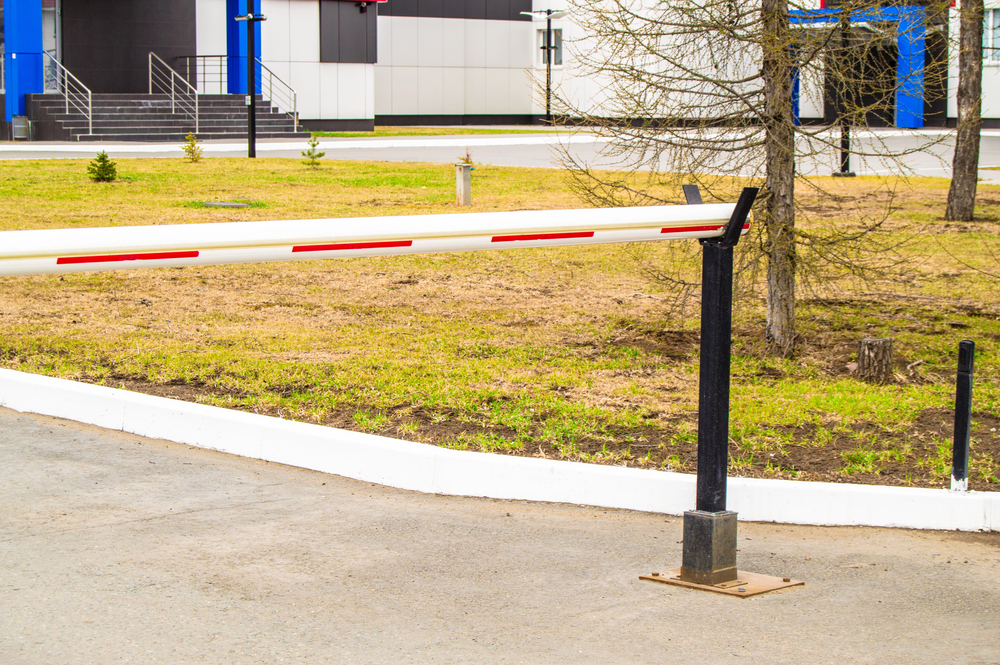
The Midwest’s toll road systems vary by state and can be confusing for first-time visitors. Order an I-Pass or E-ZPass before your trip if you’re planning to travel through Illinois, Indiana, or Ohio extensively.
Some states, like Kansas, still use cash-only tolls, so keep a roll of quarters handy. Download the Tollsmart app to calculate toll costs in advance and find alternate routes when desired.
Work the Wind Patterns
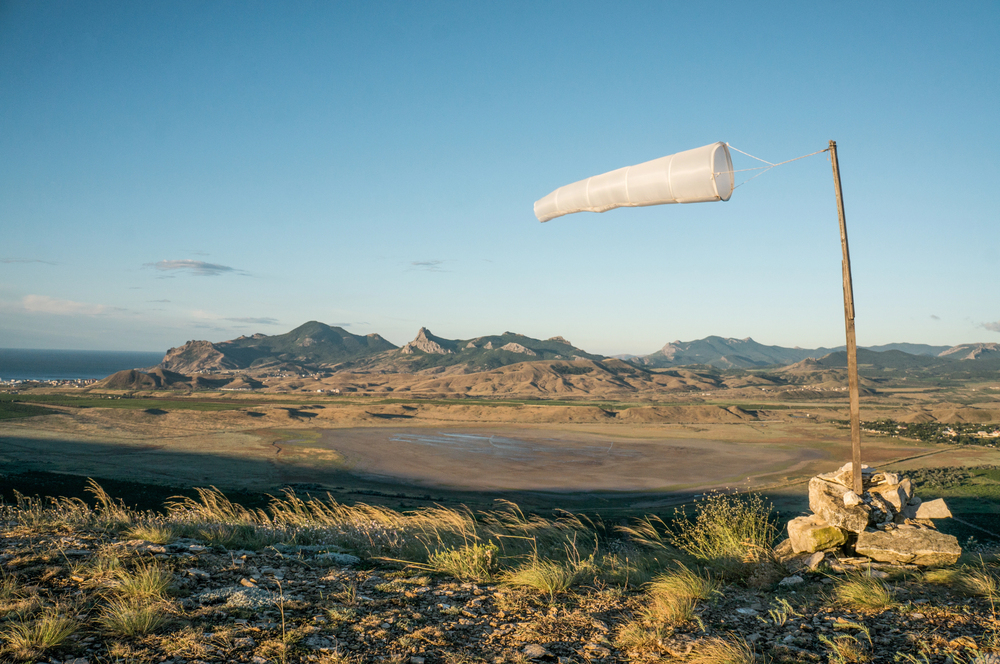
Strong winds are a regular feature of Midwest driving, particularly in open plain states. Plan routes that travel east/west during morning hours and north/south during afternoons when possible, as this typically puts crosswinds at your back.
Keep both hands on the wheel when passing semi-trucks, as the wind tunnel effect can be particularly strong. Monitor wind advisories through weather apps, especially when driving high-profile vehicles.
Leverage Local Knowledge
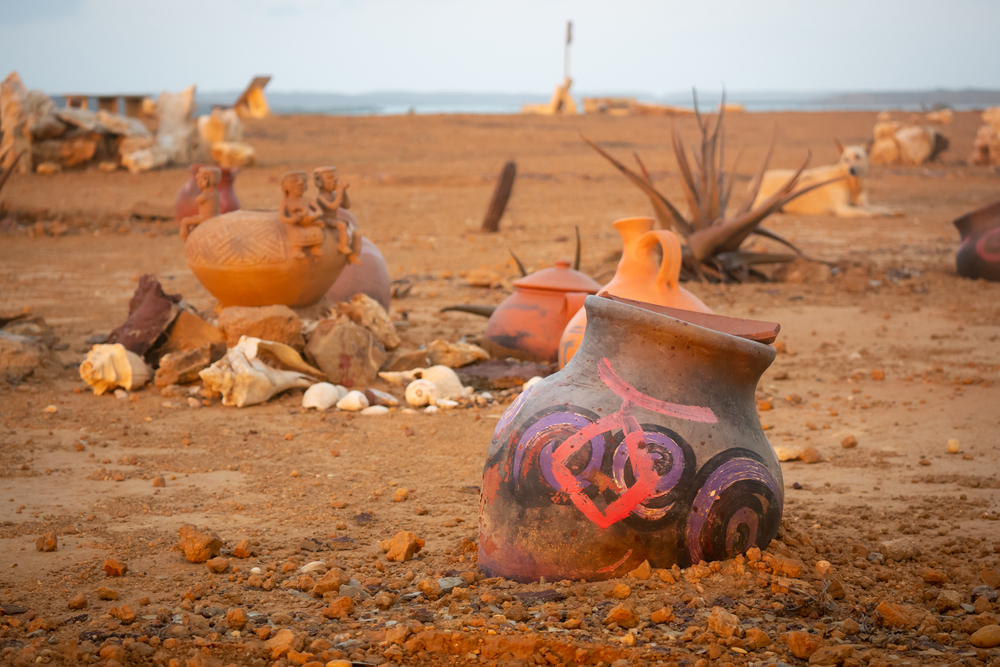
Every Midwest region has its unique travel quirks that locals understand instinctively. Join state-specific travel forums on social media platforms to gather current insights from residents.
The Nebraska Through the Lens Facebook group, for instance, provides excellent tips for photography stops, while Wisconsin’s tourism subreddit offers updated information about road conditions and local events. Don’t hesitate to strike up conversations with locals at gas stations and diners, as Midwesterners are typically eager to share travel advice.
Optimize Fuel Efficiency
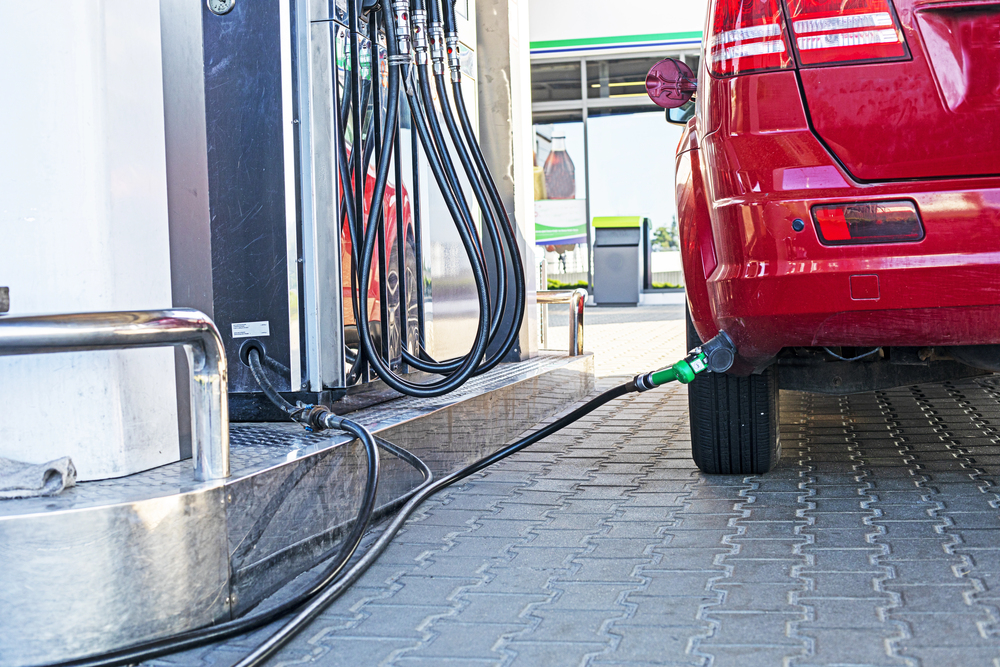
The Midwest’s long stretches of open roads provide opportunities for maximizing fuel efficiency. Use cruise control on flat stretches to maintain steady speeds, but be ready to disengage it in rolling hill country like southern Indiana or Missouri.
Keep speed at or below 65 mph when possible, as wind resistance significantly impacts fuel economy at higher speeds. Plan fuel stops at major highway junctions where competition typically keeps prices lower.
Track the Food Festivals
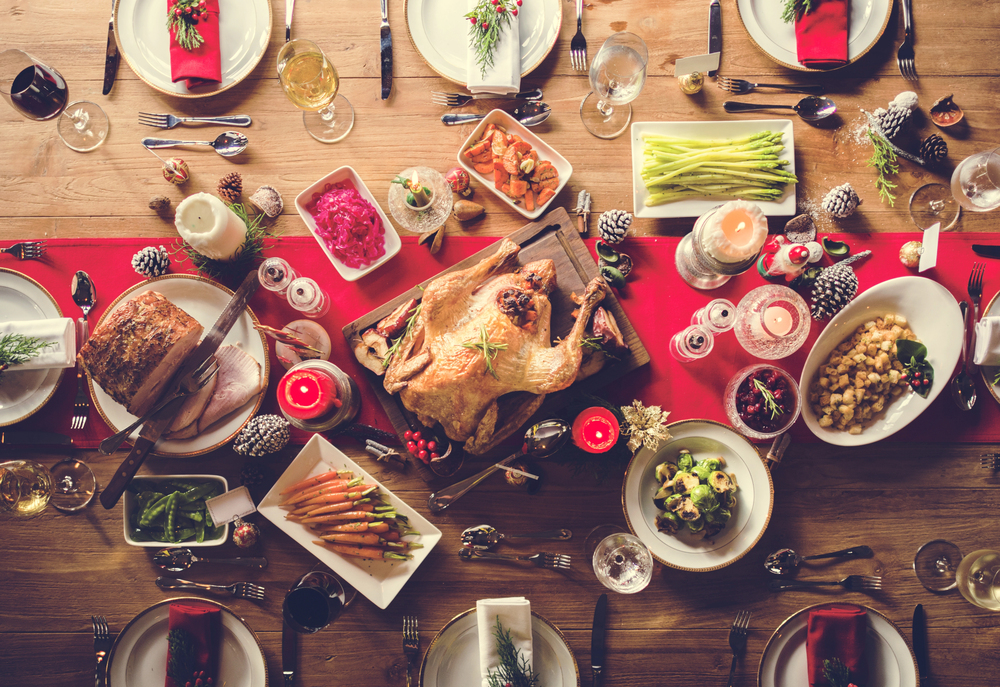
The Midwest’s food festival circuit offers road trippers unique opportunities to sample regional specialties while saving significantly on meal costs. Local newspaper websites and tourism boards typically publish monthly food event calendars that can help you plan your route around these gastronomic celebrations, from Wisconsin’s cheese curd festivals to Minnesota’s hotdish competitions.
Small-town food festivals often feature free parking and opportunities to meet local producers, making them perfect lunch or dinner stops during your journey. These events frequently offer the most authentic versions of regional specialties you’ll find anywhere, and many provide free samples that can help offset your travel food budget.
Your Midwest Adventure Awaits
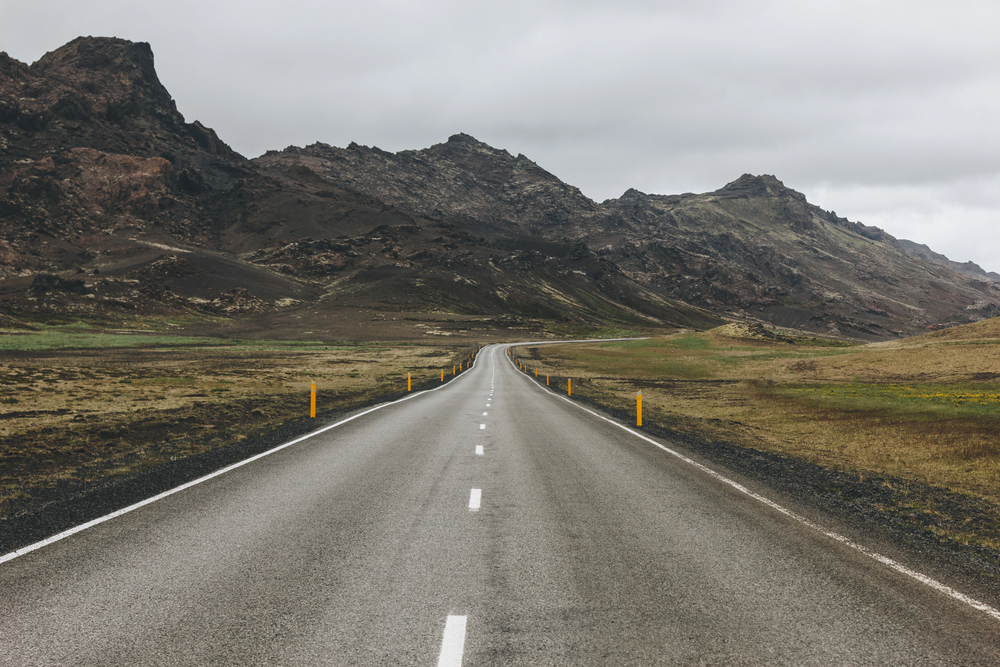
Armed with these road trip hacks, you’re well-prepared to explore the diverse landscapes and experiences the American Midwest has to offer. Remember that flexibility remains key – some of the best adventures come from unexpected detours and spontaneous stops at intriguing roadside attractions.
Whether you’re chasing fall colors in Michigan’s Upper Peninsula or exploring Kansas’s Flint Hills, these strategies will help you navigate the region’s unique challenges while maximizing your enjoyment of its countless charms. Pack your sense of adventure, keep these tips handy, and get ready to discover why the Midwest’s reputation for friendly people and fascinating places is well-earned.
More from Travel Pug

- 15 Dangerous European Cities to Avoid
- 15 Caribbean Islands Where Tourists Keep Getting Scammed
- The 20 Most Fascinating Abandoned Places: A Journey Through Time and Forgotten Spaces
- 15 Hidden Places in the Smithsonian Museums Locals Love: A Guide to Lesser-Known Treasures
- 16 Hidden Florida Beach Towns That Aren’t Overrun with Tourists
Like Travel Pug’s content? Follow us on MSN.
